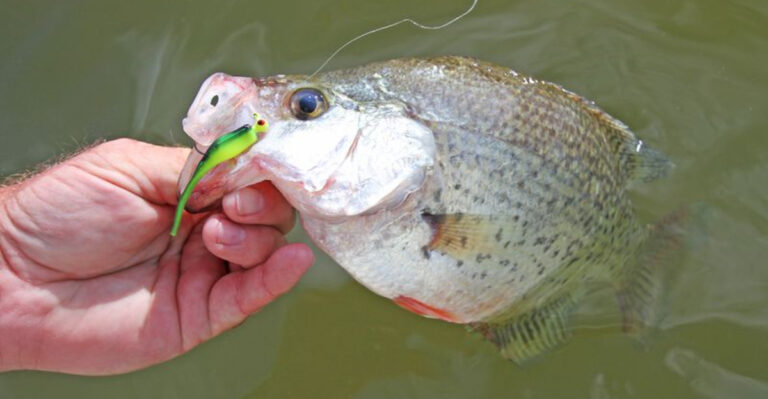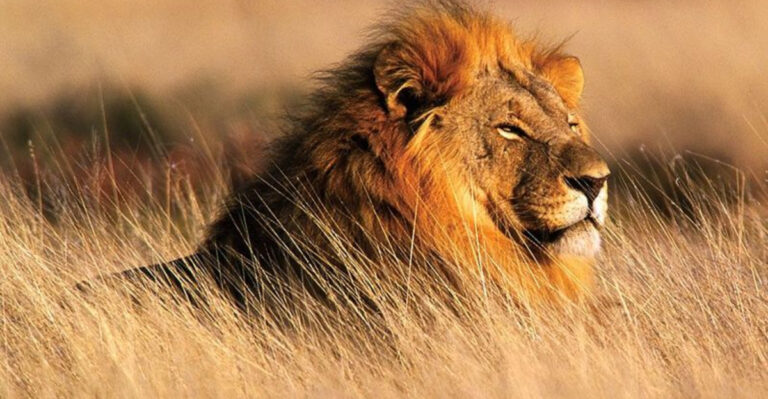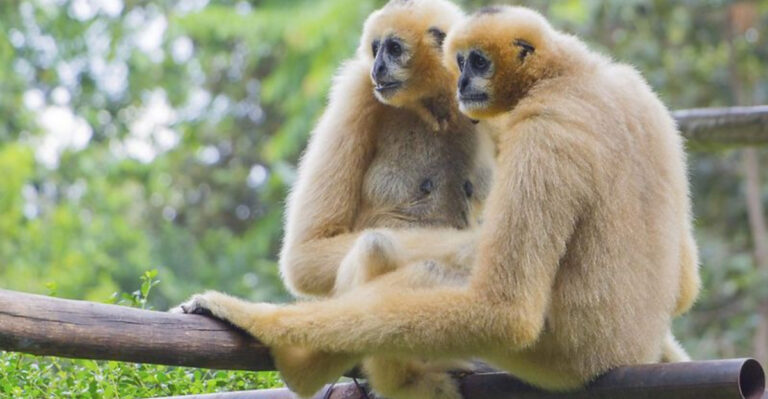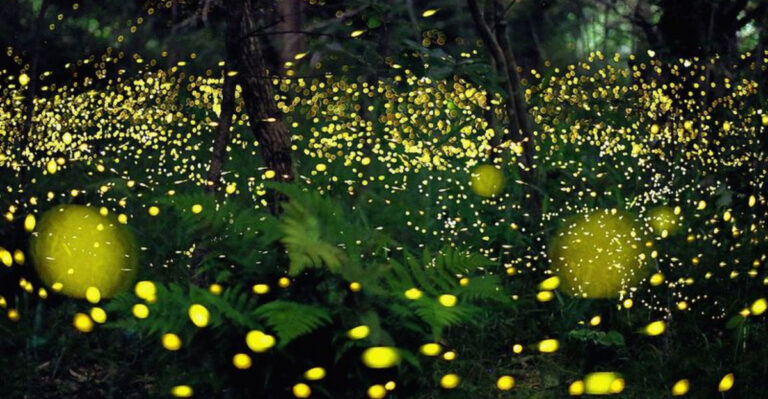11 Otter Species You Didn’t Know Existed
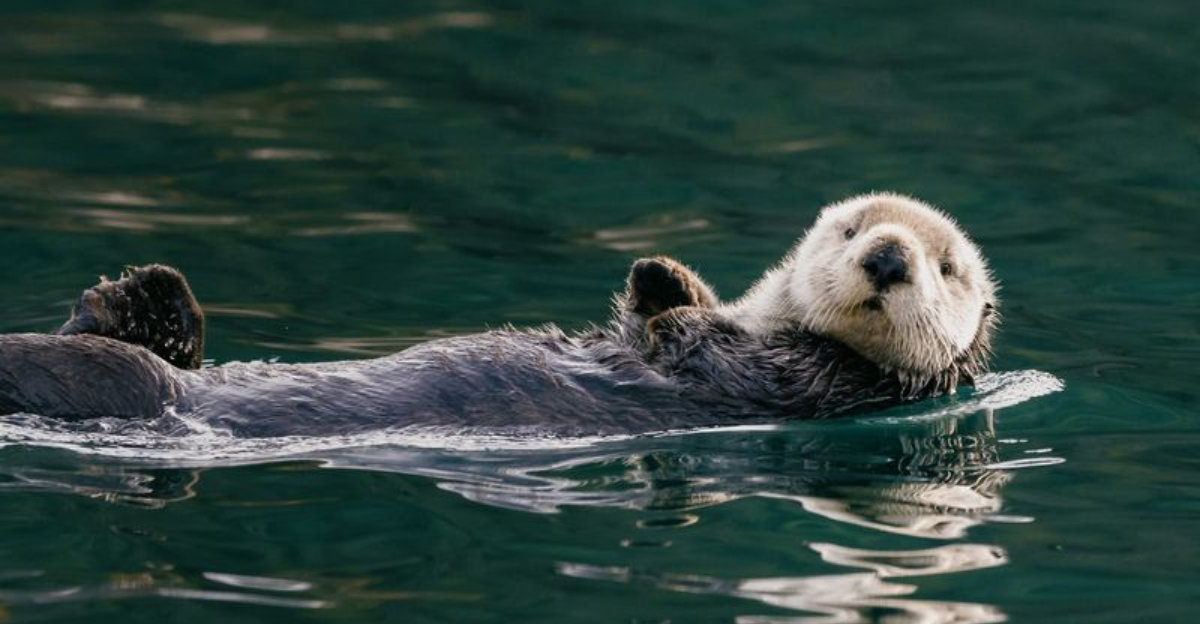
Otters are playful, aquatic mammals known for their agility and charming antics. These fascinating creatures are found in various regions across the globe, each type boasting unique characteristics and behaviors.
We explore distinct types of otters, each with its own charm and allure, that contribute to the diverse and captivating world of otters.
1. Giant Otter
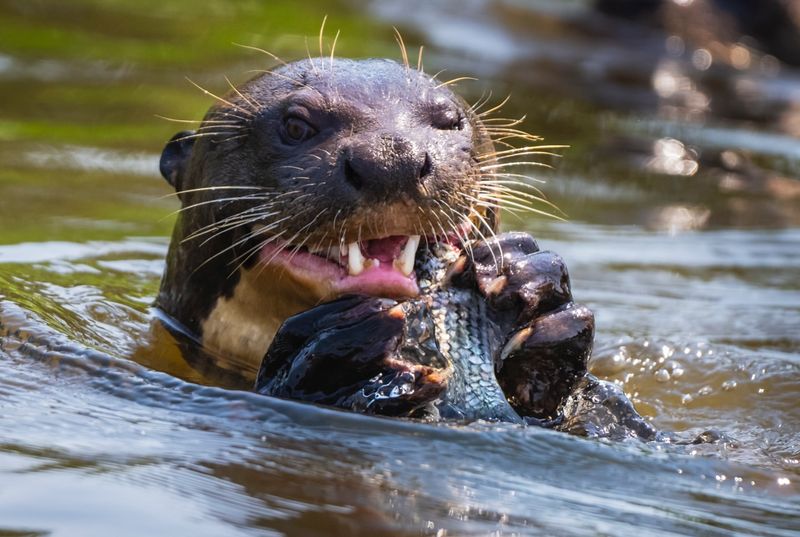
The Giant Otter, scientifically known as Pteronura brasiliensis, is a remarkable species found in the Amazon Basin. These otters are the largest of their kind, reaching up to six feet in length.
Their social nature is evident as they form cohesive family groups, often called rafts, which can consist of up to 20 individuals. The bonding within these groups is reinforced by their use of a unique vocal repertoire, used to communicate with one another.
As apex predators, Giant Otters primarily feed on fish, but they also hunt small reptiles and crustaceans. They exhibit impressive hunting skills, often working together in groups to corral their prey. Their webbed feet and streamlined bodies make them exceptional swimmers, allowing them to chase down even the fastest fish.
Distinctive for their creamy-white throat markings, Giant Otters are a true spectacle to behold in their natural habitat. These markings are unique to each individual, much like a human fingerprint.
Observing a Giant Otter in the wild provides a glimpse into the untamed beauty and complexity of river ecosystems. This species’ presence is a testament to the vibrant biodiversity of the Amazon.
2. Sea Otter
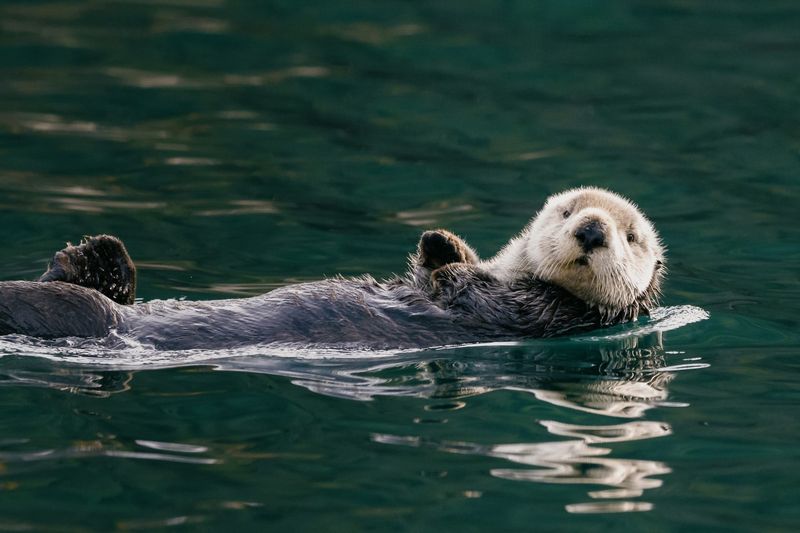
Sea Otters, Enhydra lutris, are famous for their endearing behavior of floating on their backs in the ocean, often using kelp to anchor themselves. These adorable mammals are predominantly found along the coasts of the northern and eastern North Pacific Ocean.
Their thick, water-repellent fur is the densest of any animal, providing insulation in cold ocean waters. An integral part of the marine ecosystem, Sea Otters consume sea urchins, crabs, and fish, playing a critical role in controlling sea urchin populations.
This predation keeps kelp forests healthy, as unchecked sea urchin numbers can devastate these underwater habitats. Their feeding habits involve using rocks as tools to break open hard-shelled prey, showcasing their remarkable intelligence.
Sea Otters are also known for their playful nature, often observed somersaulting and engaging in social grooming.
Their sociability and care for their young are heartwarming, as mothers wrap their pups in kelp to keep them safe while they forage. The captivating sight of a Sea Otter family is a delightful experience for observers and highlights the importance of marine conservation efforts.
3. African Clawless Otter
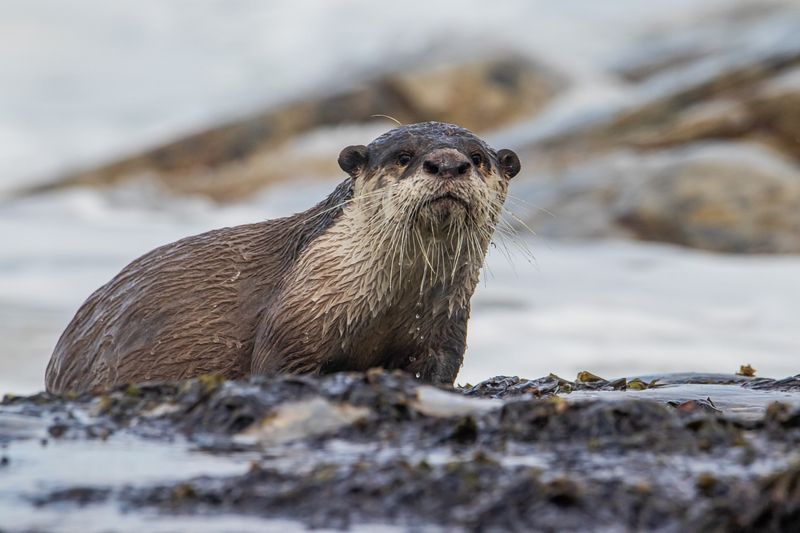
The African Clawless Otter, Aonyx capensis, is an intriguing species predominantly found across sub-Saharan Africa. True to its name, this otter lacks claws on its front feet, which are instead equipped with sensitive fingers to aid in foraging.
This adaptation allows them to expertly locate and extract prey such as crabs, frogs, and small fish from their aquatic environments. These otters thrive in a variety of habitats, from freshwater rivers and lakes to coastal regions.
Their versatile nature and adaptability make them resilient survivors in the wild. African Clawless Otters are solitary creatures, often seen alone or in pairs, and they communicate through a series of whistles and chirps.
Their sleek, dark brown fur contrasts with a striking white throat and chest, making them easily identifiable. Observing an African Clawless Otter in the wild offers a glimpse into their secretive and solitary world.
Their elusive nature, combined with their remarkable hunting abilities, makes every sighting a special occasion. The African Clawless Otter is a testament to the adaptability and resilience of wildlife in diverse environments.
4. Asian Small-clawed Otter
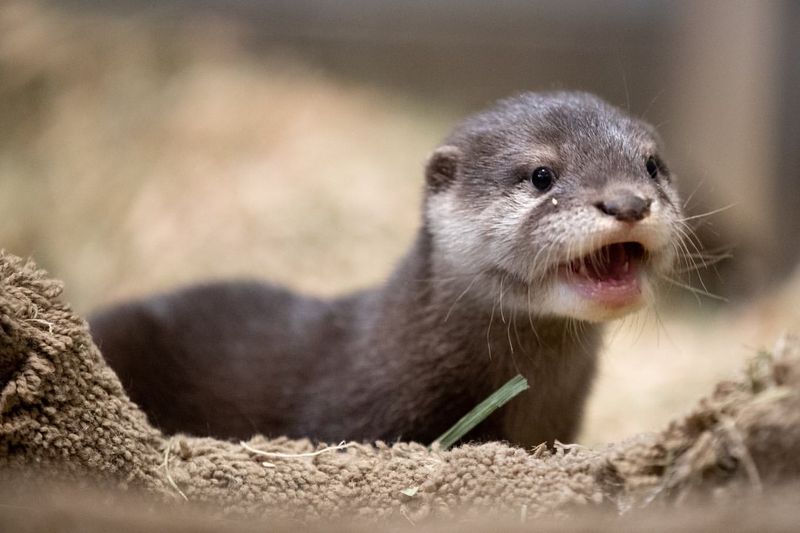
The Asian Small-clawed Otter, Amblonyx cinerea, is the smallest otter species, but it possesses immense charm and intelligence.
Native to the wetlands and rivers of Southeast Asia, these otters thrive in family groups, showcasing strong social bonds and cooperative behavior. Their small size does not hinder their adaptability or survival skills.
These otters are renowned for their dexterous front paws, which they use to manipulate objects and hunt for prey such as mollusks and crustaceans. Their ability to use tools is a testament to their intelligence and problem-solving abilities. This makes them fascinating subjects for researchers studying animal behavior.
Watching a group of Asian Small-clawed Otters play and interact is a delightful experience. Their playful antics and vocalizations create a lively spectacle, drawing smiles from onlookers.
Their endearing nature and unique social structure make them a favorite among conservationists and wildlife enthusiasts alike, emphasizing the importance of preserving their natural habitats.
5. European Otter
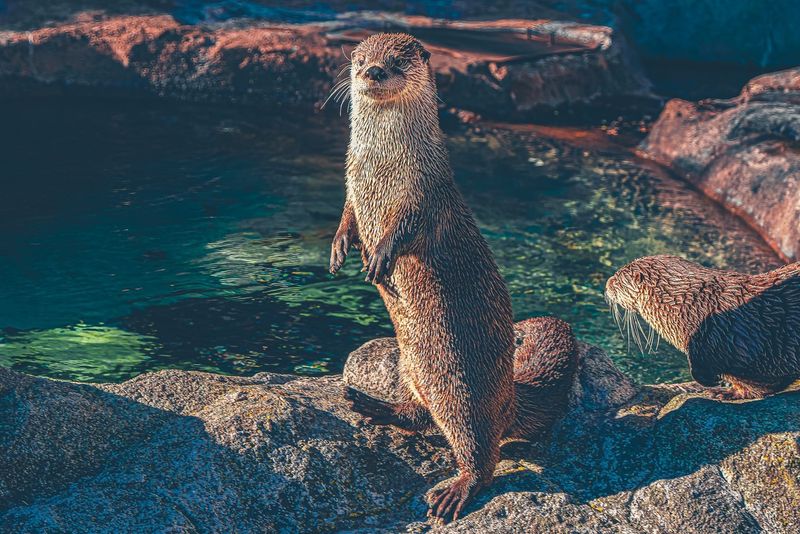
The European Otter, Lutra lutra, is a charismatic and highly adaptable species found throughout Europe and parts of Asia. Known for their versatility, these otters inhabit a wide range of aquatic environments, from rivers and lakes to coastal areas.
Their ability to thrive in diverse habitats showcases their resilience and adaptability. These otters are skilled hunters, preying on fish, amphibians, and crustaceans. Their keen sense of sight and hearing make them efficient predators in their watery domains.
European Otters are often seen swimming gracefully in rivers, exhibiting a fluid motion that is both mesmerizing and efficient. Their sleek, dark brown fur is complemented by a lighter underbelly, making them easily recognizable.
Observing a European Otter in the wild offers a glimpse into their dynamic aquatic lifestyle. Their presence is a vital indicator of healthy ecosystems, as they rely on clean and abundant waterways for survival.
The European Otter’s resilience and adaptability make them a fascinating subject for wildlife observers and photographers.
6. North American River Otter
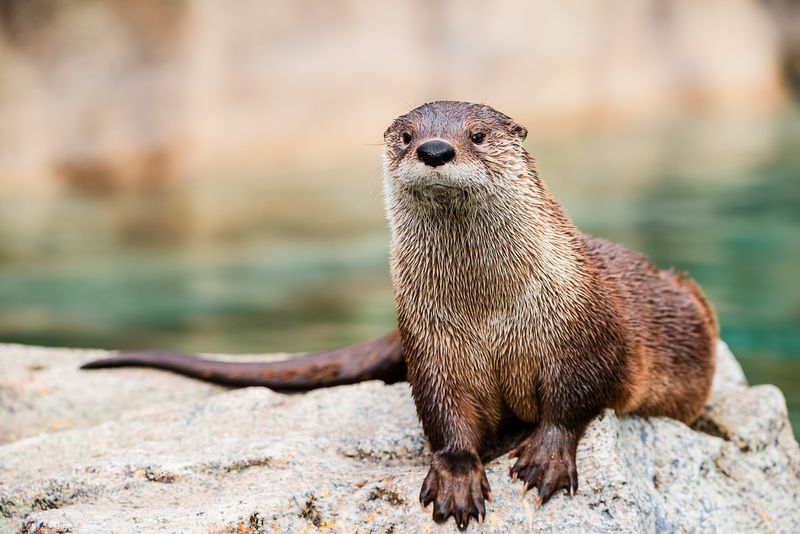
The North American River Otter, Lontra canadensis, is a lively and engaging species found throughout the waterways of North America. These otters are known for their playful behavior, often sliding down riverbanks and engaging in social activities.
Their antics provide endless entertainment for those fortunate enough to observe them in their natural habitats. These otters thrive in a variety of aquatic environments, from rivers and lakes to coastal marshes. Their adaptability is a key factor in their widespread distribution across the continent.
North American River Otters are skilled hunters, preying on fish, crustaceans, and amphibians. Their streamlined bodies and webbed feet make them agile swimmers, capable of catching even the swiftest prey.
Their dense, waterproof fur is essential for insulation in cold waters, allowing them to remain active even in harsh conditions.
Watching a North American River Otter in action reveals the playful and energetic nature that defines this species. Their presence in healthy aquatic ecosystems serves as a reminder of the beauty and intricacy of nature’s balance.
7. Smooth-coated Otter
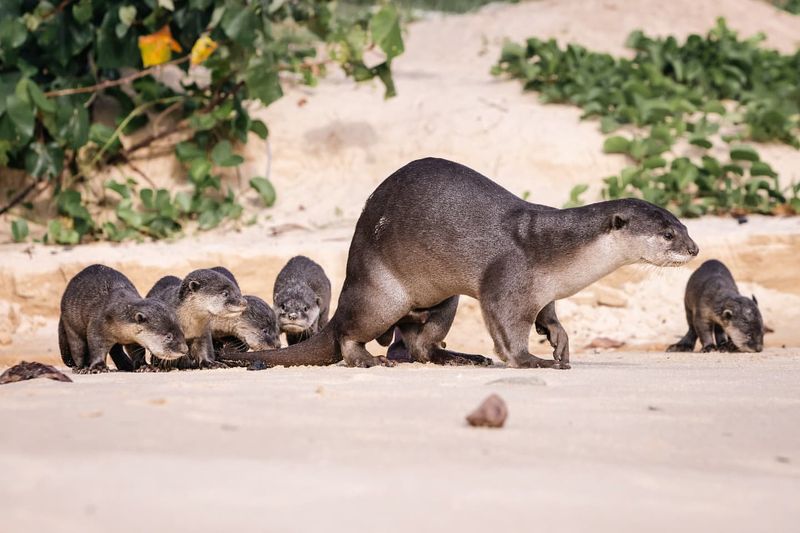
The Smooth-coated Otter, Lutrogale perspicillata, is a captivating species primarily found in the Indian subcontinent and Southeast Asia. True to its name, this otter boasts a smooth, velvety coat that sets it apart from other otter species.
This sleek appearance is not just for show; it provides an advantage in the water, aiding in their streamlined movement. These otters inhabit a range of aquatic environments, from rivers and lakes to coastal areas, and are almost always seen in family groups.
Their social nature is a defining feature, with group dynamics playing a crucial role in their hunting and communication strategies. Smooth-coated Otters primarily feed on fish, but they are also known to catch crustaceans and small mammals.
Observing Smooth-coated Otters in the wild is a treat for wildlife enthusiasts. Their playful interactions and synchronized swimming are a testament to their close-knit family units.
Their presence in healthy ecosystems highlights the intricate balance of nature and the vital role of predators in maintaining ecological harmony. The Smooth-coated Otter is a symbol of the vibrant biodiversity found in its native regions.
8. Neotropical Otter
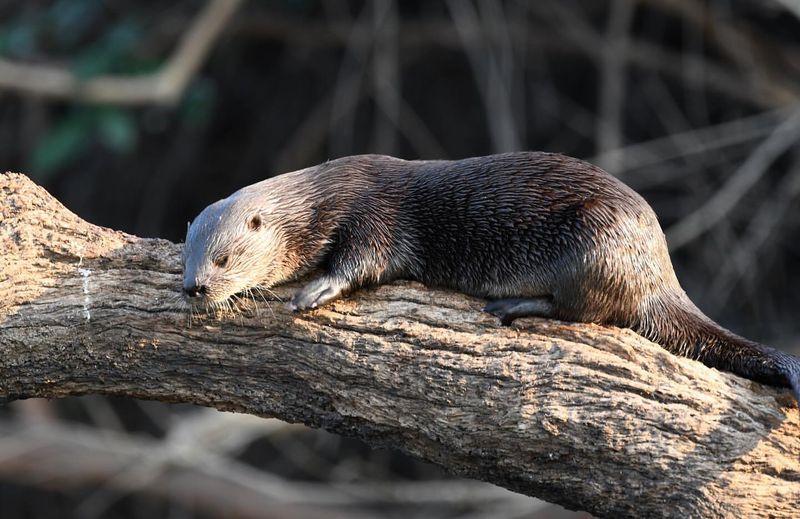
The Neotropical Otter, Lontra longicaudis, is a versatile and intriguing species found throughout Central and South America. These otters inhabit a wide range of environments, from dense rainforest rivers to coastal marshes, showcasing their adaptability.
Their presence in these diverse habitats highlights their ability to thrive in varied conditions. Neotropical Otters are skilled hunters, feeding on fish, crustaceans, and small mammals.
Their sharp senses and agile bodies make them formidable predators in their aquatic realms. Observing their hunting techniques offers insight into their resourcefulness and intelligence, as they navigate their varied habitats.
Their sleek, brown fur and elongated bodies are perfectly adapted for life in the water. The Neotropical Otter’s playful nature and social behavior are a delight for observers, as they often engage in group activities and playful antics.
Their presence in healthy ecosystems is a testament to the intricate balance of nature and the role of predators in maintaining this harmony. The Neotropical Otter embodies the rich biodiversity and ecological significance of its native regions.
9. Spotted-necked Otter
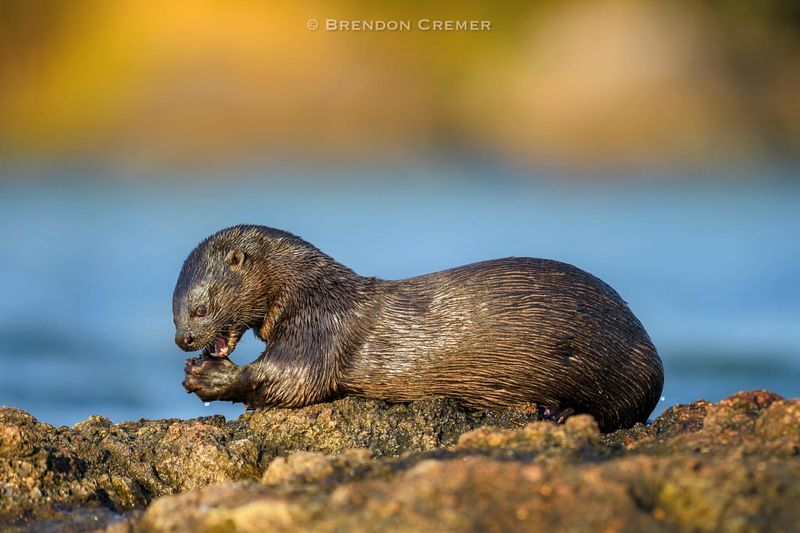
The Spotted-necked Otter, Hydrictis maculicollis, is a striking species native to the freshwater lakes and rivers of sub-Saharan Africa.
This otter is easily recognizable by its unique spotted markings on its neck, which give it a distinctive appearance. These spots serve as a natural form of identification, much like a fingerprint.
These otters are agile swimmers, adept at hunting fish and crustaceans in their aquatic habitats. Their sharp senses and quick reflexes make them successful predators, while their playful nature adds an element of charm to their hunting prowess.
Observing a Spotted-necked Otter in action is a captivating experience, showcasing the balance of power and grace. The social behavior of Spotted-necked Otters is intriguing, as they often form small family groups or pairs.
Their vocalizations and interactions provide a glimpse into their complex social structures and communication methods. The Spotted-necked Otter is a testament to the rich biodiversity of Africa’s freshwater ecosystems and the intricate connections that sustain these environments.
10. Marine Otter
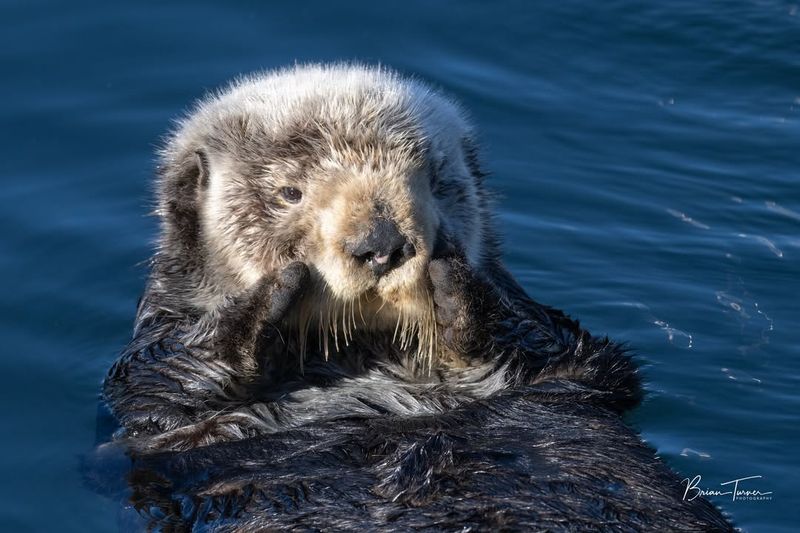
The Marine Otter, Lontra felina, is a fascinating species found along the rocky coasts of South America, particularly in Chile and Peru. Unlike other otters, Marine Otters spend most of their time in coastal environments, navigating the challenging conditions of the ocean’s edge.
Their ability to thrive in these rugged habitats is a testament to their resilience and adaptability. These otters are skilled hunters, preying on fish, crustaceans, and mollusks found in the intertidal zones.
Their hunting techniques are well-adapted to the ebb and flow of the tides, showcasing their resourcefulness in capturing prey. The Marine Otter’s presence in coastal ecosystems highlights the importance of marine biodiversity and the role of predators in maintaining ecological balance.
The Marine Otter’s sleek, dark fur provides insulation against the harsh coastal winds and water. Observing these otters in their natural habitat offers a glimpse into their unique lifestyle and the challenges they face.
Their presence along the rugged coastlines of South America is a reminder of the wild beauty and complexity of marine ecosystems.
11. Hairy-nosed Otter
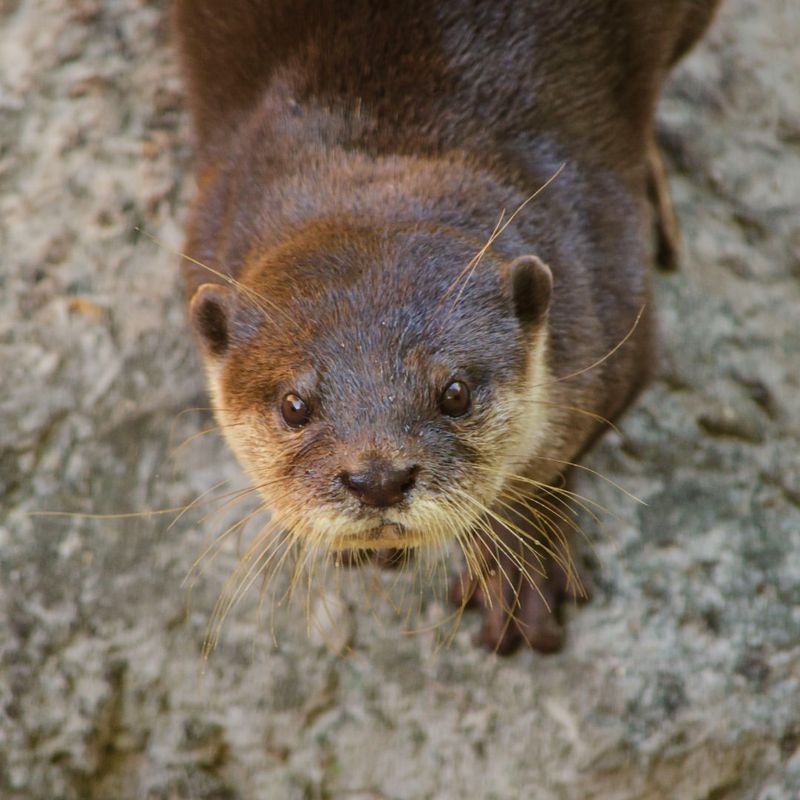
The Hairy-nosed Otter, Lutra sumatrana, is one of the rarest and least understood otter species, primarily found in the remote wetlands and flooded forests of Southeast Asia. This elusive otter is distinguished by its unique hairy nose, which sets it apart from other otter species.
This adaptation aids in their sensory perception while foraging for food. These otters are adept hunters, feeding on fish, crustaceans, and small mammals. Their sharp senses and agile movements make them efficient predators in their aquatic environments.
Observing a Hairy-nosed Otter in the wild is a rare and special experience, offering insight into their secretive and solitary nature. The Hairy-nosed Otter’s presence in these remote ecosystems underscores the importance of preserving these habitats and the incredible biodiversity they support.
Their elusive nature and unique characteristics make them a fascinating subject for researchers and wildlife enthusiasts alike. The Hairy-nosed Otter is a symbol of the rich and diverse wildlife found in Southeast Asia’s wetlands.

